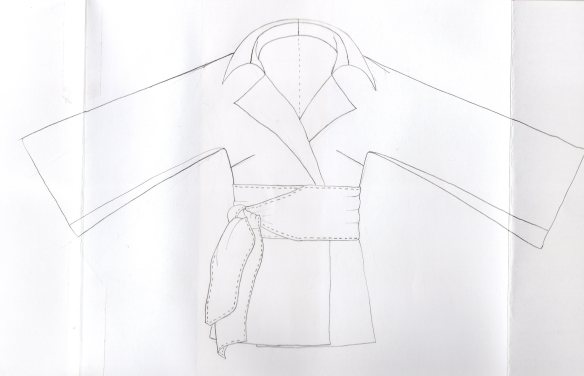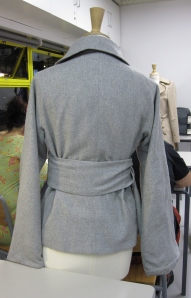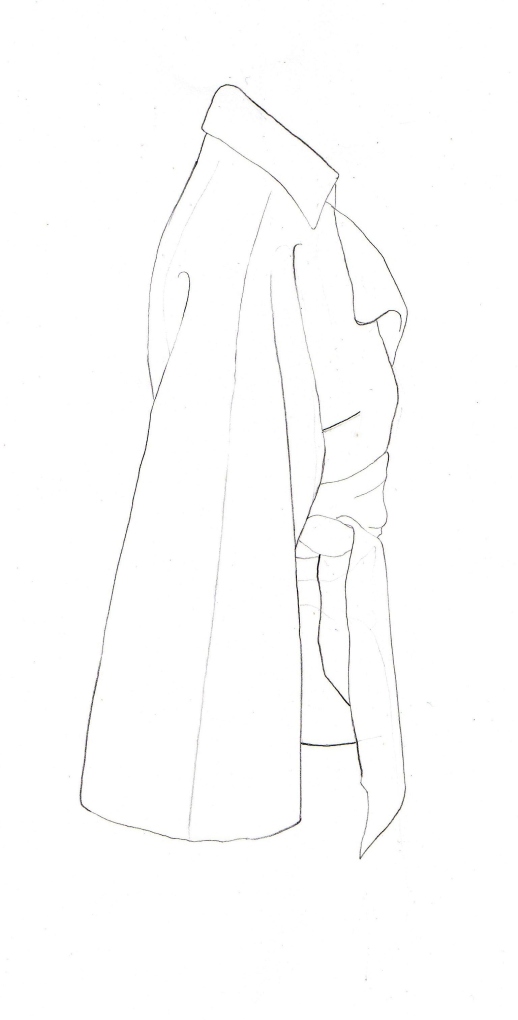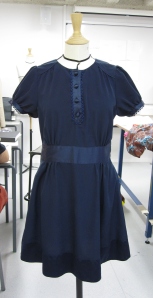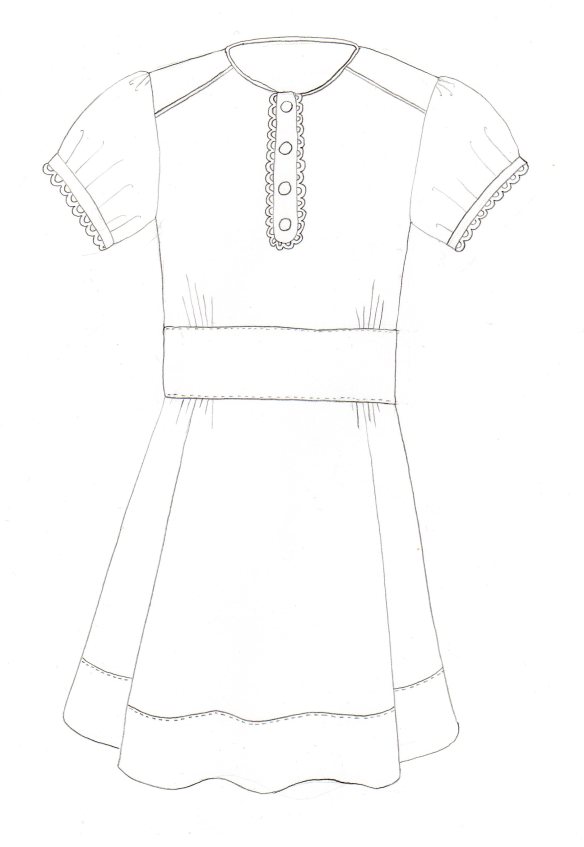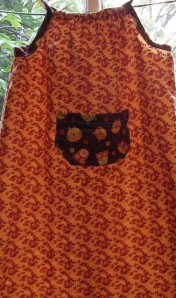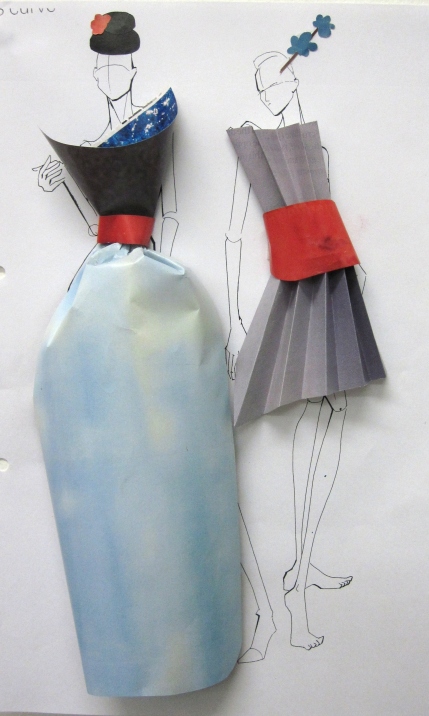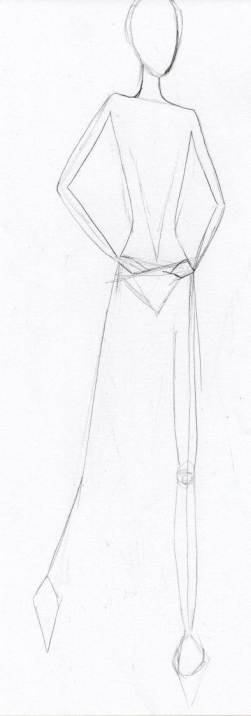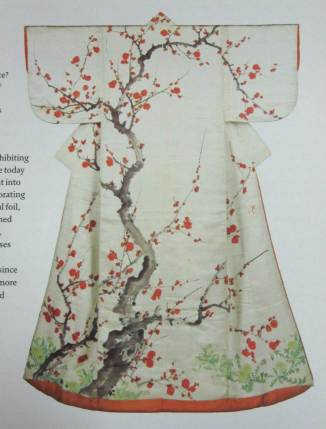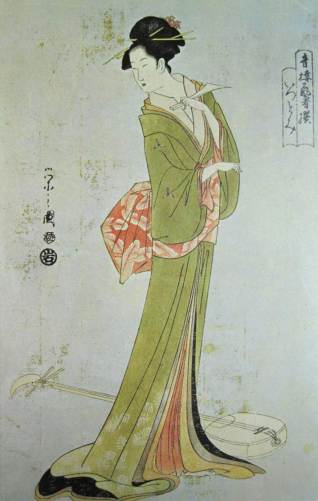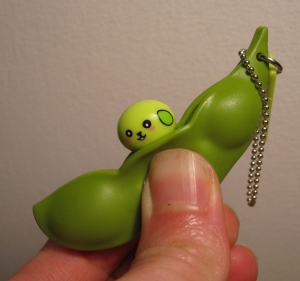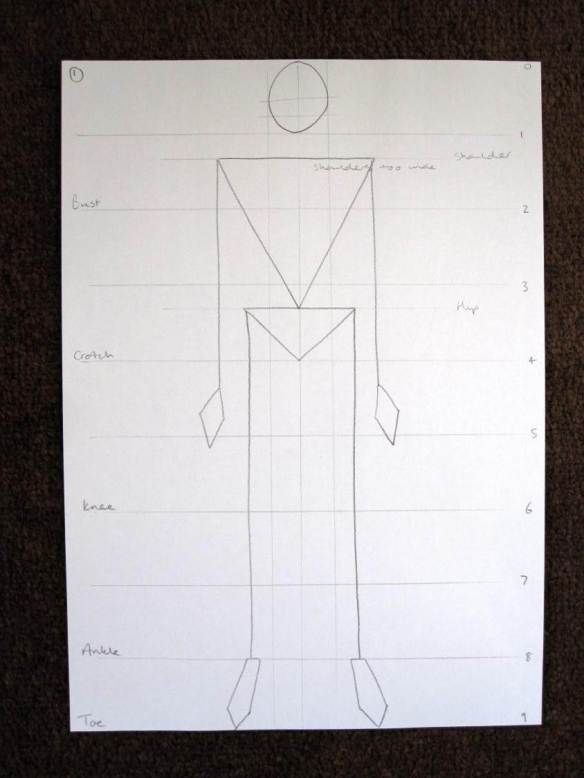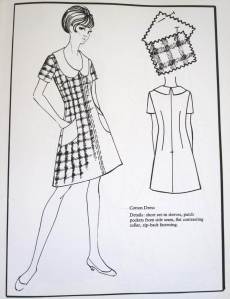On Fridays I have a class called Vintage Fashion: 20s and 30s. I love it!
What could be better than actually being allowed to spend a whole lesson in the library, just looking at beautiful dresses?
That’s what we did last week as research for our moodboards, which will then inspire our own designs, from which we will create patterns, toiles, and possibly finished garments for. Exciting!
For those who aren’t sure, here are a couple of 1920s dresses from this amazing website.



Think straight, angular silhouettes, a boyish figure with a flat bust and low hips, and the waistline dropped to the hip.
Embellishments such as beading, sequins, embroidery and applique were popular ways to adorn garments.
By the 1930s the silhouette was much more feminine, emphasizing the natural form of the woman’s body. The waistline moved back up to its natural position, and many dresses were cut on the bias. This meant that the fabric clung to the body, hanging in a smooth vertical drape.
Here are some stunning examples by Madeleine Vionnet.



So here is my moodboard:

And here are the drawings I have done so far from this inspiration. I was trying to think about what I wanted to learn about (bias-cutting), what I would actually wear (more likely a day dress), what would flatter my shape most (1930s), and what would look pretty (sparkles!).






Does anyone have any favourites – I’m only allowed to choose one!
Image sources
http://www.burdastyle.com/blog/pulling-from-the-past-wedding-gown-inspiration
http://www.coletterie.com/fashion-history/madeleine-vionnet-sculptural-modeling
http://collections.vam.ac.uk/item/O74062/evening-dress/











































 When drawing a flat you should follow some rules:
When drawing a flat you should follow some rules:

